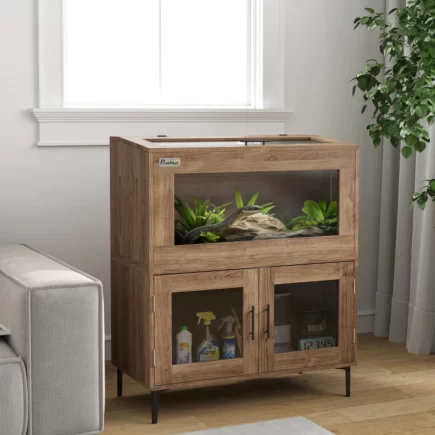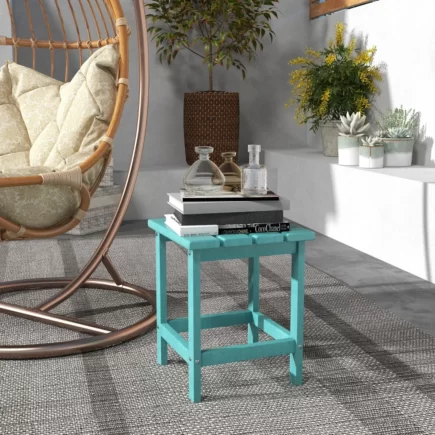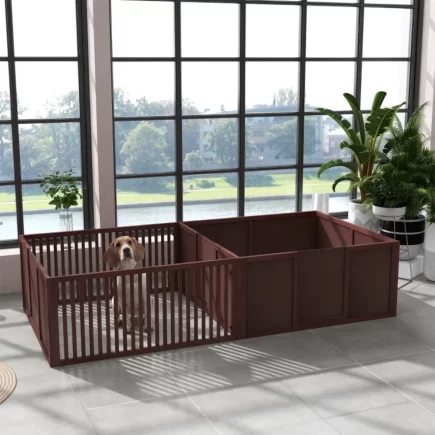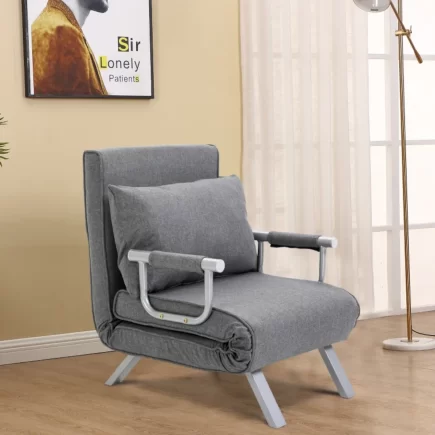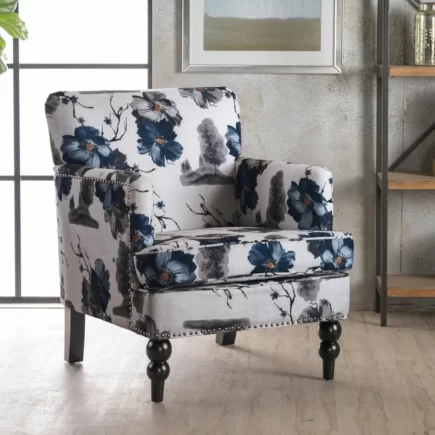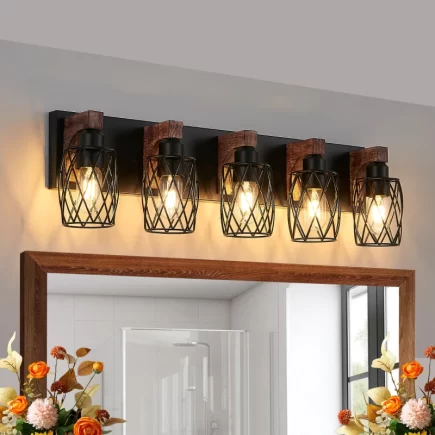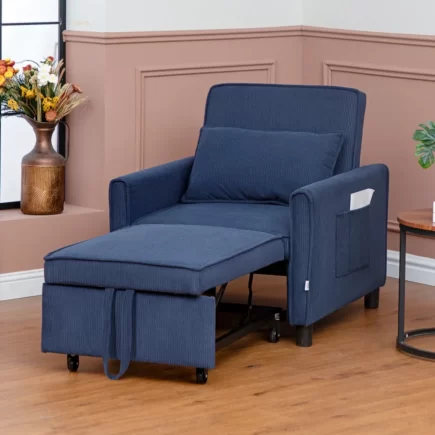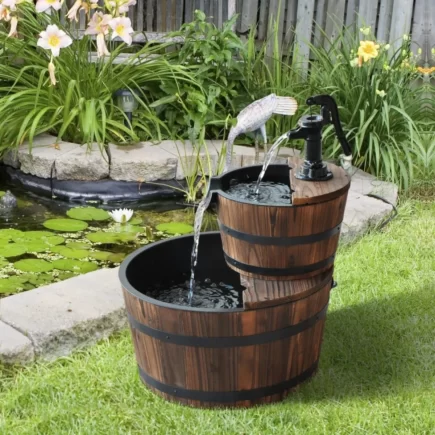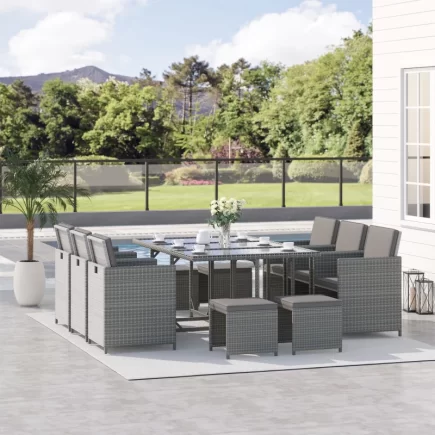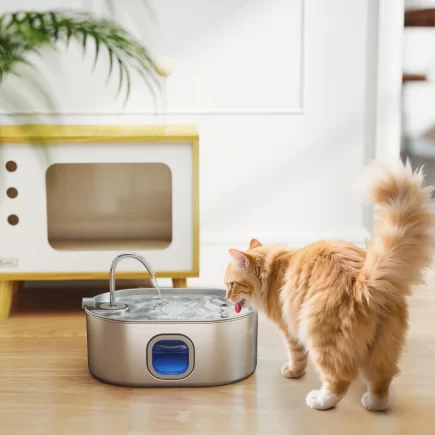
A buffet cabinet can be the focal point that anchors your dining room, kitchen, or entryway. But it only serves this purpose when it looks its best. If your cabinet feels outdated, scratched, or no longer fits with your decor, painting it is a great way to give it a fresh look. Whether it’s a flea market find, a family heirloom, or a long-owned piece that just doesn’t excite you anymore, painting your buffet cabinet doesn’t require professional skills. All you need is a little planning, the right tools, and some patience to transform it into a beautiful addition to your home.
Step-by-Step Guide to Paint a Buffet Cabinet
Step 1: Plan the Look and Feel
Before touching a single tool or can of paint, take a moment to define what you want the final piece to look like. This isn’t just about colour, it’s about character. Consider these things before painting the buffet:
- Colour family (bold vs neutral)
- Finish style (matte, satin, glossy, distressed)
- Visual goal (modern, rustic, classic, two-tone)
Hold paint swatches against the cabinet in the actual room lighting to get an accurate impression.
Step 2: Gather All Necessary Materials
You’ll want everything on hand before you begin to avoid mid-project delays.
Tools and Materials Checklist

- Drop cloths or old sheets (for protecting the floor)
- Screwdriver or drill (to remove hardware and doors)
- Cleaning solution (like diluted dish soap)
- Clean rags or microfiber cloths
- Sandpaper (120-grit for prep, 220-grit for smoothing)
- Tack cloth (to wipe away fine dust)
- Primer (bonding or stain-blocking)
- Paint (chalk, acrylic, or enamel depending on your desired finish)
- Brushes (angled for edges, flat for broad surfaces)
- Foam paint rollers (for smooth, flat areas)
- Painter’s tape (to mask off areas you don’t want painted)
- Optional: Paint sprayer (for ultra-smooth finish)
- Topcoat/sealer (polycrylic, wax, or polyurethane)
Step 3: Clear and Disassemble the Cabinet
Empty It Completely

Start by removing all dishes, decor, or liners from the cabinet. It’s important to clear everything so you can work without distractions. Trying to paint around items can create a mess and potentially ruin your belongings, so take the time to fully empty the cabinet.
Remove Hardware

Use a screwdriver or drill to carefully unscrew knobs, pulls, hinges, and handles. Place all hardware in a ziplock bag or tray to keep everything organized and prevent any parts from getting lost. Label the items so you can easily reattach them later.
Take Off Doors and Drawers
If your buffet cabinet has doors and drawers, remove them carefully. Use painter’s tape to label each door and drawer, making sure you know which piece belongs where when it’s time to reassemble. Store all hinges and screws together in a safe spot.
Step 4: Clean the Entire Cabinet Thoroughly

Follow these steps to ensure the cabinet is thoroughly cleaned:
- Prepare the Cleaning Solution: Mix a few drops of dish soap in warm water, or use a diluted trisodium phosphate cleaner.
- Soak and Wring Out the Rag: Dampen a clean rag in the cleaning solution, then wring it out until it’s moist but not dripping wet. You want the surface to be damp, not soaking, so the wood doesn’t absorb too much water.
- Scrub All Surfaces: Begin cleaning by scrubbing every surface of the cabinet, paying special attention to inside edges, corners, and areas around handles where oil and grime often build up. Make sure to get into all the nooks and crannies.
- Rinse and Dry: After scrubbing, rinse the cabinet with clean water using a separate cloth. Wipe down all surfaces to remove any soap or cleaning residue. Then, use a dry cloth to wipe off the remaining moisture.
- Allow the Cabinet to Dry: Let the cabinet dry completely before moving on to the next step. This is important to ensure the paint will adhere properly.
Step 5: Sand for Adhesion
How to Sand
- Use the Right Sandpaper
Start with 120-grit sandpaper or a sanding sponge for the first pass. This grit is ideal for creating enough texture without damaging the wood. - Sand All Surfaces
Lightly sand every part of the cabinet: the frame, sides, top, doors, and drawer fronts. Focus on areas that are glossy or have an existing coat of paint or stain. - Focus on Glossy Finishes
Pay extra attention to any glossy or shiny surfaces. Sand until the surface feels dull and smooth, ensuring the paint will grip well. You don’t need to remove all the existing paint or stain, just break the surface to provide a good base for the new finish. - Clean Off Dust
After sanding, it’s important to clean off all the dust. Vacuum the area or use a damp cloth to wipe down the surfaces. Make sure to remove all the sanding dust to avoid imperfections in the paint.
- Use a Tack Cloth
Finish by using a tack cloth to pick up any remaining dust particles. This will leave the surface perfectly clean and ready for priming.
Step 6: Prime the Cabinet
Priming is a crucial step in getting a smooth and durable finish. Even if your paint says “paint and primer in one,” using a separate primer designed for furniture will provide better results, ensuring the paint adheres properly and lasts longer.
How to Prime
- Stir the Primer Well: Before using, make sure to stir the primer thoroughly. Shaking the can can cause bubbles, which will affect the smoothness of your finish. Stir gently for a few minutes to ensure it’s mixed properly.
- Use the Right Tools: For corners and edges, use a brush to ensure you get into all the detailed areas.For the flat surfaces, use a foam paint roller. This helps apply an even layer of primer without leaving brush marks.
- Apply Thin, Even Coats: It’s important to apply the primer in thin, even coats. Don’t overload your brush or roller, as thick layers can result in streaks or uneven drying.
- Watch for Drips: Be mindful of drips, especially around detailed trim or the legs of the cabinet. If you notice any, gently smooth them out before the primer dries.
- Allow the Primer to Dry Fully: Let the primer dry for the recommended time (typically 1–2 hours, depending on humidity). Make sure the surface is completely dry before moving to the next step.
- Lightly Sand for Smoothness: Once the primer is dry, lightly sand the surface with 220-grit sandpaper. This will smooth out any roughness or imperfections left by the primer, ensuring a smooth base for your paint.
- Wipe Down with a Tack Cloth: After sanding, use a tack cloth to wipe away any dust or debris. This will leave the surface clean and ready for painting.
Step 7: Paint the Cabinet
Now the transformation begins! But be careful, rushing through the painting process can undo all the preparation you’ve done. Take your time to ensure the finish is smooth and long-lasting.
How to Paint

- Use a High-Quality Brush for Edges and Trim
A high-quality brush is key for painting corners, edges, and trim. Carefully work your way around these areas to create crisp lines and avoid smudging onto the surrounding surfaces. - Use a Foam Paint Roller for Flat Surfaces
For the larger flat surfaces, use a foam paint roller. This will help you achieve a smooth, even coat without leaving roller marks. - Apply Thin Coats
Apply very thin coats of paint to avoid drips or brush marks. Thin coats dry faster and reduce the risk of uneven coverage. - Allow Each Coat to Dry Completely
Let each coat of paint dry completely before applying the next one (typically 4–6 hours, depending on the type of paint and humidity). This will prevent peeling and streaking. - Apply 2-3 Coats for Full Coverage
You’ll need 2 to 3 coats of paint to ensure full coverage, especially if you’re working with a dark or vibrant color. Don’t rush applying coats too soon can lead to imperfections in the finish
Step 8: Apply a Topcoat
A buffet cabinet sees a lot of use, which means your paint job needs extra protection. Without a proper topcoat, your paint can chip, scratch, and wear out quickly. Adding a topcoat ensures the longevity of your newly painted piece and keeps it looking fresh for years to come.
How to Apply the Topcoat
- Apply with a clean synthetic brush or foam brush in long, even strokes.
- Avoid overworking the sealer; too many passes can leave streaks.
- Let each coat dry fully (1–2 hours), then lightly sand with 320-grit for smoothness.
- Apply 2–3 coats for best protection.
Step 10: Reassemble and Style

After the final coat has cured for 24–48 hours, reattach all hardware, doors, and drawers. Now it’s time to show it off.
Styling Ideas

- Add a tray with candles or a bowl of seasonal fruit.
- Use books or risers to create height and visual layers.
- Feature one bold decor item and a few neutrals to balance.
- Hang art or a mirror above the cabinet to finish the look.
Your Buffet Cabinet’s Second Chance
Painting a Buffet Cabinet is more than just a cosmetic upgrade; it’s a rewarding way to breathe new life into old furniture. With some careful planning, the right materials, and a bit of patience, anyone can transform a dated piece into something stunning. It’s not about achieving perfection; it’s about the transformation.
Every brushstroke, the color you choose, and even the new hardware you select add character, style, and personality to the piece. So, go ahead. Pick a shade that makes you happy. Grab your brush, and create a buffet cabinet that not only looks beautiful but is something you’ll proudly use and display.
FAQs
1. How do I prevent brush strokes from showing in my cabinet paint?
To minimize visible brushstrokes, use a high-quality synthetic brush or foam paint roller and apply thin coats. Avoid over-brushing and maintain a wet edge during application. For ultra-smooth finishes, consider lightly sanding between coats or using a paint sprayer.
2. Can paint over waxed or previously sealed furniture?
No, paint won’t adhere properly to waxed or heavily sealed surfaces. You’ll need to clean the cabinet thoroughly, remove the wax with a solvent (like mineral spirits), and then sand before applying primer and paint.
3. How long should be wait before placing heavy items back on the painted buffet?
While paint may feel dry to the touch within hours, full curing can take 7 to 30 days, depending on the paint type. Avoid placing heavy items, decor, or dishware until the paint and topcoat have fully cured to prevent dents or impressions.

